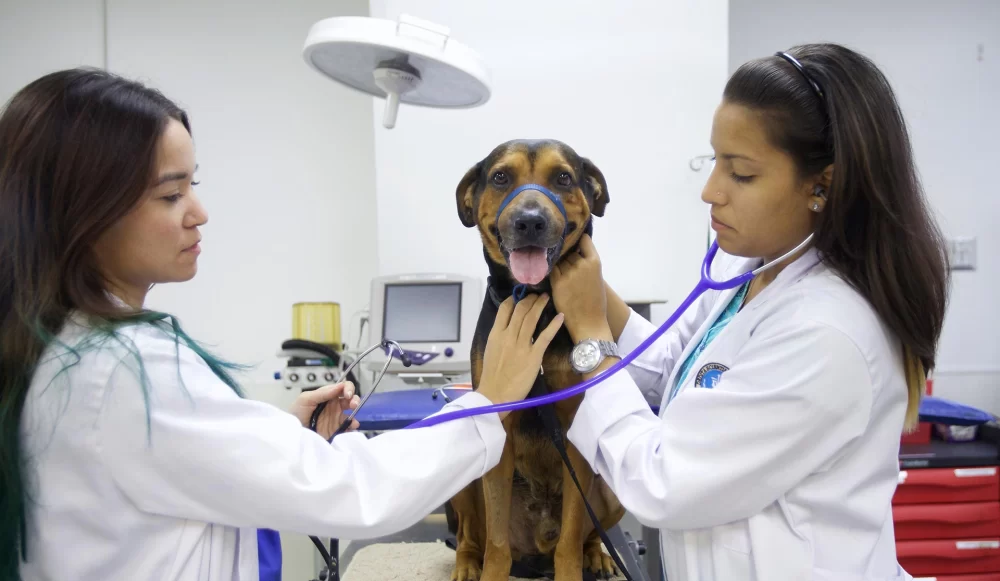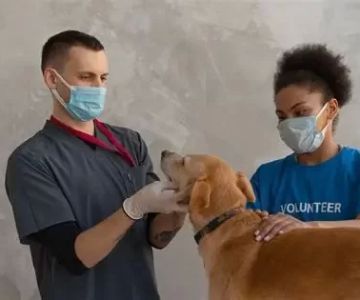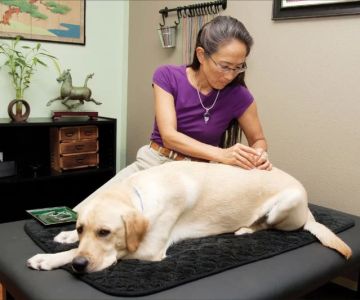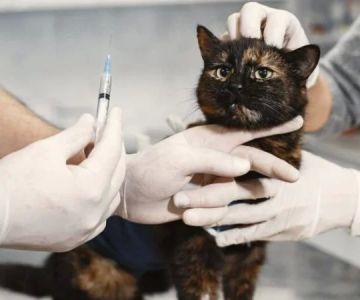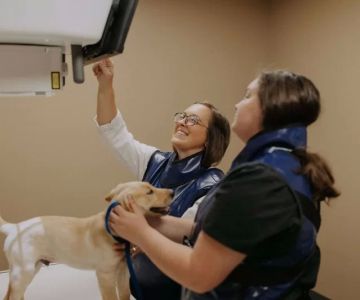What Is the Degree of a Veterinary Doctor? Your Complete Guide
- understanding-the-path-to-becoming-a-veterinary-doctor
- 1-the-core-degree-what-is-the-degree-of-veterinary-doctor
- 2-pre-vet-requirements-and-education-foundation
- 3-vet-school-life-and-degree-structure
- 4-a-real-life-veterinary-journey
- 5-your-next-step-toward-becoming-a-veterinarian
Understanding the Path to Becoming a Veterinary Doctor
For those who love animals and science alike, veterinary medicine can feel like the perfect career. But if you're wondering what is the degree of veterinary doctor, you're not alone. It’s a question asked by high schoolers dreaming of their future, biology majors planning ahead, and even career changers looking for a fresh start.
1. The Core Degree: What Is the Degree of Veterinary Doctor?
1.1 The Official Degree Title
The degree awarded to become a veterinary doctor is most commonly the Doctor of Veterinary Medicine (DVM). In some regions like the UK and Australia, you might encounter the equivalent Bachelor of Veterinary Science (BVSc) or BVetMed. Despite the naming variation, they all serve the same purpose: certifying you as a qualified veterinarian.
1.2 Why the “Doctor” Title Matters
Much like MDs in human medicine, DVMs go through rigorous academic and clinical training. Earning the title "Doctor" isn’t symbolic—it reflects years of focused study, animal physiology mastery, and high-level diagnostics. In the U.S., it’s a professional doctoral degree, typically taking four years post-bachelor’s.
2. Pre-Vet Requirements and Education Foundation
2.1 Undergraduate Preparation
Before even setting foot in veterinary school, students must complete an undergraduate degree—often in fields like biology, animal science, or chemistry. Courses in organic chemistry, physics, and microbiology are standard vet school prerequisites.
2.2 Volunteer and Clinical Experience
Admissions boards want more than good grades. Hands-on experience in animal shelters, clinics, or wildlife centers is critical. It’s not uncommon to see competitive DVM applicants logging hundreds of hours in both clinical and research environments.
2.3 GPA and Application Strategy
Vet school is highly competitive. Most programs look for a GPA above 3.5 and strong GRE scores (if required). However, what often makes an application stand out is a compelling personal story and long-term commitment to animal care.
3. Vet School Life and Degree Structure
3.1 Academic Curriculum
Vet school typically spans four years, with the first two focused on rigorous academic coursework—anatomy, pharmacology, pathology, and more. The final two years shift into clinical rotations where students treat real animals under supervision.
3.2 Specialization Options
Though all graduates earn a DVM, some choose to specialize through post-graduate internships and residencies. Areas include equine surgery, exotic animal medicine, oncology, or even marine mammal care.
3.3 Licensing and Boards
After graduation, DVMs must pass the North American Veterinary Licensing Examination (NAVLE) in the U.S., or the equivalent in other countries. Only then can they legally practice.
4. A Real-Life Veterinary Journey
4.1 Meet Dr. Elena Foster
Dr. Elena Foster, a practicing small animal vet in Denver, didn’t always know she wanted to work with pets. “It clicked when I started volunteering at a wildlife rehab center in college,” she shares. She completed her biology degree with a 3.8 GPA and went on to attend Colorado State University’s veterinary program.
4.2 Challenges and Triumphs
“Vet school was the hardest thing I’ve ever done,” she says. “But nothing compares to the moment a dog wags its tail at you after a successful surgery, or when a family thanks you for saving their pet.” Dr. Foster’s story is a testament to how this degree transforms lives—not just for animals, but also for the doctors who care for them.
4.3 What She Recommends to Aspiring Vets
“Don’t just Google what is the degree of veterinary doctor and stop there,” she laughs. “Shadow a vet. Work in a kennel. Talk to people in the field. If you’re serious, your passion will guide you through the hard parts.”
5. Your Next Step Toward Becoming a Veterinarian
5.1 Making the Commitment
Now that you understand what the degree of a veterinary doctor is and what it takes to earn it, the next move is yours. Do your research, speak with current DVM students or professionals, and prepare your application strategy early.
5.2 Where to Find the Right Guidance
Whether you’re exploring vet school options or looking for tools to support your pre-vet journey, resources curated by animal health experts make a difference. From vet prep books to application coaching and recommended schools, having the right information is essential.
5.3 Explore the Possibilities
Still asking what is the degree of veterinary doctor? Then it’s time to take the next step toward making it yours. Browse top-rated veterinary preparation resources, educational guides, and application tools to turn your dream into a plan. The future of animal health needs passionate, prepared doctors—and that could be you.

